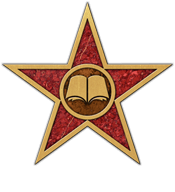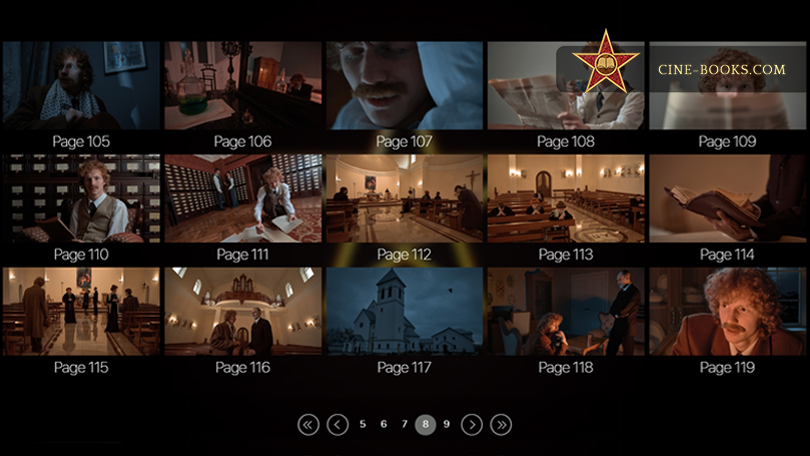
The main thing that distinguishes a Photo Story from a simple photo shoot is the plot. The plot is a sequence of events, interactions of the heroes, in which their characters are shown, and therefore revealing the idea of the story.
Starts with the character
In this definition, there is already a hint about how to make up a story, and this starts with the character! Find an image that inspires you and take a shot at your fantasy — in what situations and under what circumstances can it be shown the most expressively?
Additionally, in order for the story to be interesting, we need subtext and conflict. The subtext is the hidden motives, desires, or the overall goal of the character: something directing him/her and explaining his/her actions. And the conflict consists of the external or internal factors that prevent the hero from achieving his or her goal. These factors can be either opponents, anti-heroes, or the personality traits of your hero (i.e., insecurity, fear, etc.). The personality traits of your hero will be shown the best only during a confrontation with the anti-hero or internal barriers!
Find your hero and answer the following questions:
Who is your main hero?
What does he/she do?
What is his/her goal?
Who or what prevents the achievement of this goal?
What is the purpose of the anti-hero?
What is the external conflict of the hero?
What is the internal conflict of the hero?
What happens if the hero does not reach his/her goal?
What is the uniqueness of the idea? What distinguishes it from all the others? Is there an original “trick” in the story that can attract the attention of viewers?
Example:
You want to shoot a beautiful girl by the pool. (1)
She swims, sunbathes, poses in a bathing suit. (2)
How can you show it in an original way? For example, the girl is not just resting, but waiting for her lover. And the much better is not just a lover, but a rich guy that she seduced to steal his money. Perhaps she is not alone, but with collaborators who are hiding in the house and waiting for the “victim.” (3)
It seems the plan has been thought out, but what if the lover suspects the girl’s insincerity and is prepared for the meeting? (4)
What if he deliberately does not give away that he has uncovered the deception in order to catch the girl and her collaborators “red-handed?” (5)
One way or another, the girl should play her part — lull the guy, lure him into the house, and hand him over to the collaborators. (6)
Is she confronting her own doubts such as, did she choose the right side in this game? (7)
After all, if her fraud is discovered, she not only anticipates being arrested, but she also experiences the loss of an interesting partner. (8)
Here is a general idea of the story. It is just left to you to arrange it as a script, adding bright moments and finding the images of each of the heroes. (9)
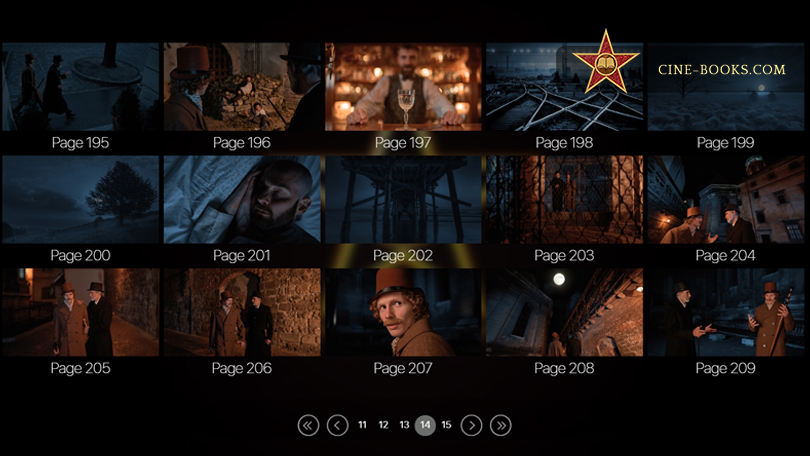
How to create a script?
The formula for a good script is: the Setup — the Opposition — the Climax — the Resolution. Each element of this formula has its own characteristics.
An Setup can add additional intrigue to the story, and, in the case of a Picture Story, also will create the right atmosphere. Conflict arises within introduction and later will lead to the climax. And if the conflict between the heroes exists initially, it can be “hidden” from the viewer. Returning to the story by the pool, the introduction may be pictures of when a girl is swimming, when she meets her lover — and the audience is not yet aware that she is luring him into a premeditated trap.
From the moment the audience discovers this, the Opposition begins. Secret signals to lurking collaborators, the excitement of whether the victim is “going to fall” for the deception, and finally, an open-ended action — the battle.
Climax — the moment of greatest sharpness in the action, a decisive or turning point. So, in our story, the turning point and decisive moment will be when our audience discovers that the attackers did not foresee everything — if their “operation” went smoothly, the very same tension would not have occurred. What could prevent intruders? The “victim” may turn out to be bankrupt, or be prepared for the ruse: it is possible that she herself has trapped her “collaborators?”
Resolution — these are the consequences that will lead to the resolution or plot twist: overcoming obstacles and a happy escape with a large amount of money, killing a lover or collaborators, an arrest — only limited by the author's imagination!

How to find your idea?
Sources of inspiration for creating images of heroes are just the same as during the preparation of the usual photo shoot. And each photographer can have his or her own method:
viewing pictures on Pinterest;
music, which helps you to visualize your clip;
movies, scenes, or images that you want to repeat;
people you have encountered on the streets who attracted you by their extraordinary behavior or appearance.
From the images you like, you can assemble a moodboard — a selection of pictures with a theme. Now, you have the scenes for your future story. All that's left is to think of what will happen next. Who is this unassuming girl with an intelligent face entering the library building? Maybe she is only outwardly demure and intelligent, but inside she is surrounded by fantasies that go way beyond the pale? What interesting things can happen to this guy–photographer? And what if a ghost begins to live in his camera?
In order to come up with an interesting plot, you can take the templates used by writers:
A “Clash of opposites” is a meeting of conflicting types. The nerd and the punk, the priest and the stripper, the vagabond and the aristocrat. How can they interact with each other? What can come out of this interaction?
A “Fish out of water” is a situation where the hero falls into a strange, unfamiliar environment. The office clerk finds himself in the center of a mafia conspiracy, a bully in a church school, or a modest secretary in a strip club.
“What if?” is a plot created on the element of surprise. What if the occasional acquaintance from the bar turns out to be a vampire; one guy will catch the eye of two old friends at the same time; the killer will be “ordered” to kill himself?
“Old stories in a new way” — modern remakes of “Cinderella,” “Snow White,” “Aladdin,” myths and legends, Shakespeare's plays and Broadway performances of the 20th century.
A “Remix” — a meeting in the same story of, for example, Harry Potter and Atomic Blonde, Deadpool and Juliet, the adventures of Super Michael in La La Land. And it is not that necessary to transfer existing heroes to your story; sometimes it is enough to “borrow” their types.
“Reframing" — situations that are shown to the audience from different points of view and therefore change their meaning. The guy becomes a witness to how a girl is attacked by a giant, fierce-looking man. The guy is rushing to the rescue the girl, but afterwards finds out that the vampire hunter was trying to neutralize the dangerous witch; two girls are doing a pregnancy test, both are upset, both are quarell about the results with their partners, both in despair... in the end, it turns out that one of them has a positive test results and the other has a negative one.
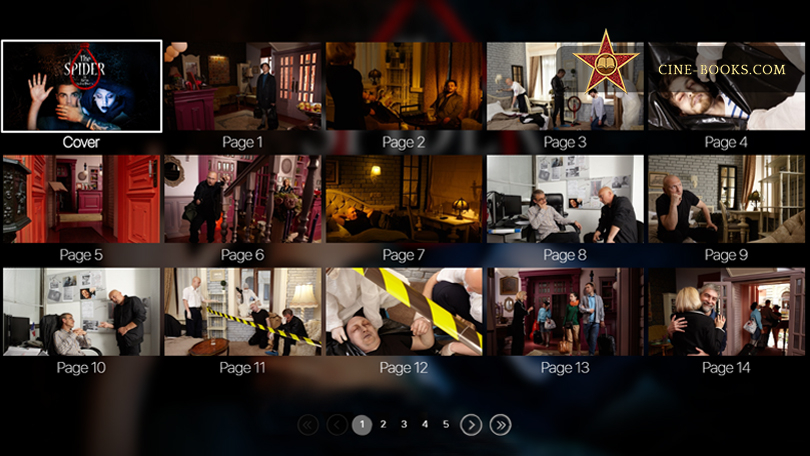
The rules for drama
When the script is ready re-read it to check that the plot is complete, or does it have superfluous scenes? Here are a few principles of drama that will help you avoid the mistakes of novice writers:
“Chekhov's gun” — a good scenario has nothing superfluous: every shot and every object in the shot will take part in the action, and each storyline must be played to the end.
Example: we got the script of the romantic story: A girl and her first love. It began with a description of her childhood and the relationship with her father, but after meeting her lover, this line was interrupted and had no effect on future events. We suggested to the author to add another meeting with her father and the now mature heroine. It helped to show the viewer how much she had changed after the adventures she experienced.
“Occam's razor” — do not include to the plot heroes or scenes that do not have an impact on the main storyline.
Example: we were preparing a script about the romantic story of two lovers, from dating to their first intimacy. Initially, the script had 7 dates — each in a new place and with new circumstances. But in the end, we cut the number of dates to the necessary minimum: casual acquaintance, first romantic meeting, second date and first kiss, third date and first intimacy. This allowed us to make each of the episodes brighter and more unique, and the story itself has become more intense and expressive.
“The laws of the role” — the character of the hero must be coherent, and his/her actions shall flow from one to another. It is not correct if, in one scene, the heroine behaves frivolously, in the other she is shrewd, and as a result, she turns out to be romantic.
“The balance of emotions” — not only the actions of the hero should be coherent, but also his/her emotions. Best of all, emotions manifest themselves in contrast when they alternate in pairs: sadness — joy, boldness — fear, admiration — disappointment, high-hat — anxiety, anger — guilt, etc.
Example: a girl walks around in a store, choosing clothes. She doesn’t like anything until she sees “that” dress. How to show her emotions? If initially the girl was sad, but having found a dress, she could experience delight, joy; if boredom is interest, inspiration; if disappointment — then admiration, etc. But the transition from boredom to admiration or from sadness to interest will not be appropriate.
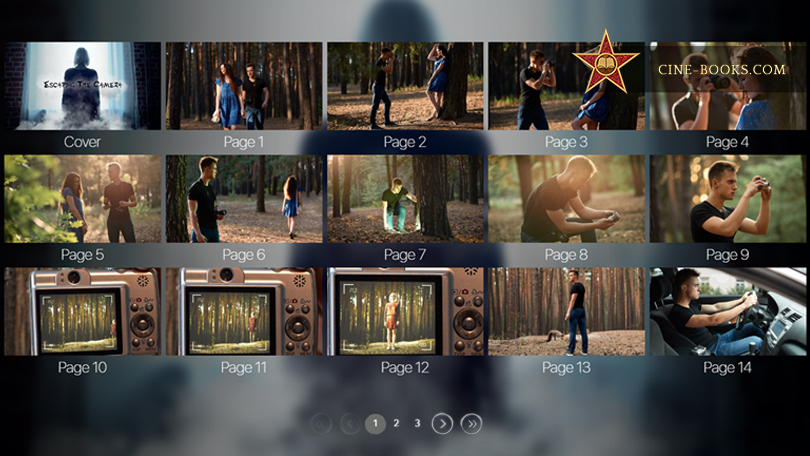
Practical advice
How to organize shooting?
While creating the script, remember what it is intended for, as you will make a Photo Story using it. Therefore, already in the working stages, you can take into account who you can invite for a particular role, which locations you can use, what decorations and props do you need?
For the first experience, you should limit yourself in the number of models and locations: for example, shooting in three locations, up to five models on set.
Where to find models?
Photo Story is a new, interesting genre in cinematic style. Shots from this type of shoot will enhance the portfolio of any model or novice actor, helping them to “stand out.” This work may be of interest to all participants in the TFP format — specially if you invite novice actors. However, if you want to make an image project that will advertise you as a photographer, you can use the shoot as a PR opportunity and invite Instagram bloggers and models with a large audience of subscribers to play roles in your story.
How to carry out a shoot?
The best thing you can do to help you carry out a shoot effectively is to make a storyboard. Divide the script into a sequence of shots and draw them as a comic book, at least as a sketch: what should be present in the shot, how the models should be arranged. This will give the opportunity to quickly “show” to the participants of the shoot what image you now want to get, and to focus on directing — on the emotions and atmosphere in the shot.
In order for the models to get into the role, you can prepare a moodboard — a selection of pictures with images that show their characters.
How to tell a story in photos?
Use as many cinematic tricks as you can!
The alternation of general and major plans convey the atmosphere of the situation; shots on which characters are shown in motion give the dynamics; cinematic perspectives do not show the appearance of your models, but their emotions.
How to publish a Photo Story?
In order to attract the audience to view your Photo Story from the very beginning to the end, prepare promotional materials:
impressive cover;
screenshots with key scenes of the story, but without revealing the intrigue;
annotation — a short description of the story;
if the story is long, you can pre-publish the teaser.
After having published the story, do not forget to mention all the participants — actors, makeup artists, and other members of your team!
you may also like
Click “UPLOAD A STORY” to go to the Downloader. The loader consists of 6 consecutive steps. Step 1: Write the Title of the...
Once the book is visualized, a whole new world opens before the...
Halloween nowadays is one the most interesting and cheerful holidays. It is celebrated on the 31st of October, but many activities...



